If you’ve been feeling like the lead-up to this next-gen launch is weird, you’re not alone. It’s an understatement to say that 2020 has been bizarre. But even ignoring the pandemic, the U.S. election, and everything else, what has really thrown me off about the arrival of the Xbox Series X is that I was already playing games at 4K before Microsoft even sent me the new console.
Of course, I’m talking about the Xbox One X, the mid-gen console that provided the kind of graphical leap forward you’d expect from a next-gen console. Launching a mere three years ago, the Xbox One X was next-gen before the Series X (and it’s arguably more “next-gen” than the Series S in some regards), while sharing the same name as its current-gen consoles. But in 2017, 4K TVs were still more expensive, and the idea of something having next-gen capabilities but not being called a next-gen console was just… weird.
The question then becomes, What is a “next-gen” console? In the olden days, we counted our polygons and determined, yes, there were more. Then we shifted over to thinking about games and hardware more in terms of resolution, and that’s when things started to get a little fuzzy. Sure, the Xbox 360 could support 1080p, but it was usually upscaled from 720p. And don’t even get me started on 1080i.
The Xbox One output at 1080p through HDMI, but most of the time it was actually upscaled 900p. Sure, refresh rate was still a question, but chances are that if you had an HDTV, it was doing what you needed it to do. That was all I needed to know. Life was simple. Console gaming was equitable. When the Xbox One S launched, it added a sleeker design and the ability to play 4K video, but generally it was the kind of mid-gen upgrade you might expect. If someone was playing a game on an Xbox One and someone else was playing the same game on an Xbox One S, they were experiencing the exact same thing.
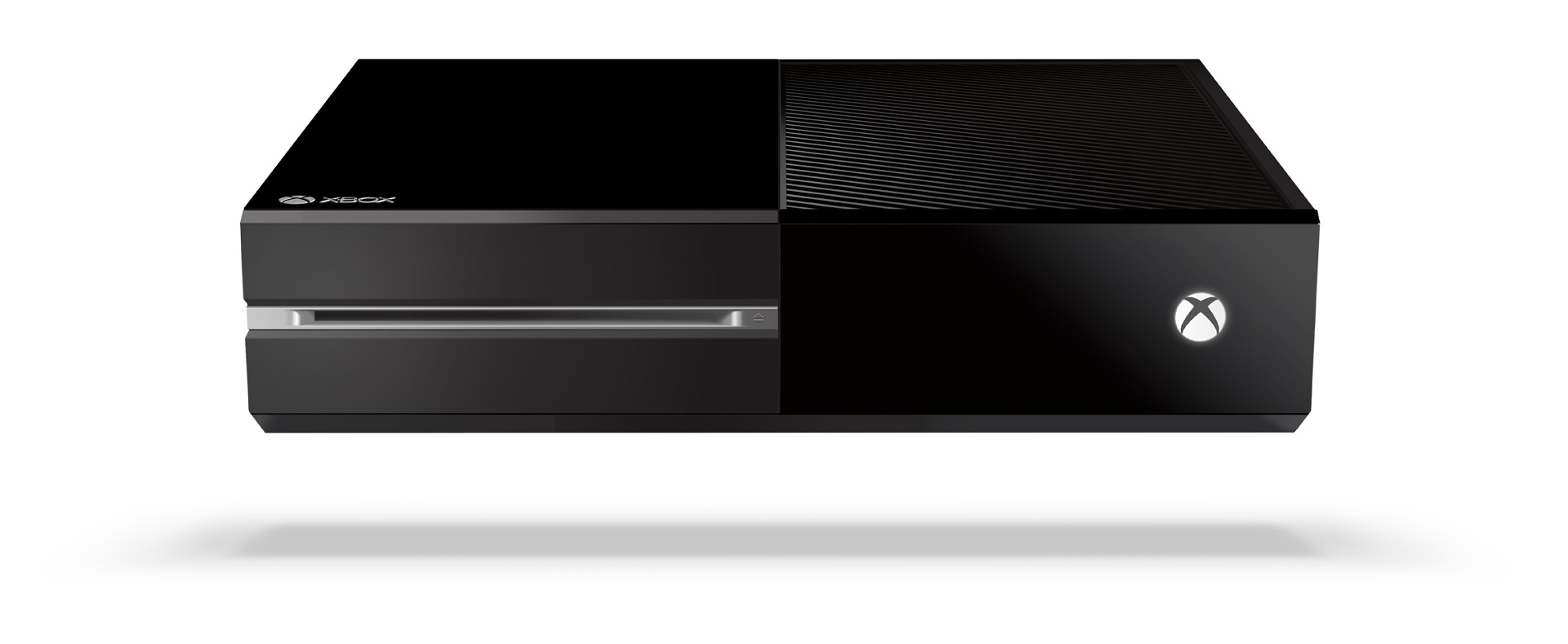
You might see where I’m going with this. The expected jump from 1080p for next-gen consoles was to 4K, and the One X did just that as a mid-gen upgrade. Not only that, but the One X hit near-4K resolution at 60 frames per second (FPS) on a lot of games. Personally, jumping from my base Xbox One on a 1080p TV to the One X on a 4K TV was a night and day difference. Moreover, it felt like a next-gen shift.
Now the Series X and the Series S are creating a brand-new schism, one that starkly brings into question the norms of “generational leaps” when it comes to console gaming. The Series X plays games in 4K at 60 FPS, but it’s also capable of 4K at 120 FPS as well as 8K and ray-tracing—at least, in theory. Meanwhile, the Series S can’t do 4K at all, but it can do 120 FPS and it’s markedly cheaper than both the Series X and One X’s launch prices.
While I didn’t get the chance to test out the Series S, I have been spending a lot of time with the Series X on several different displays, at different resolutions and refresh rates. Does it feel like a generational leap? Does it do everything that it promises to do? Should you run out and buy a Series X day one?
The answer to all three questions is a resounding “It depends.”
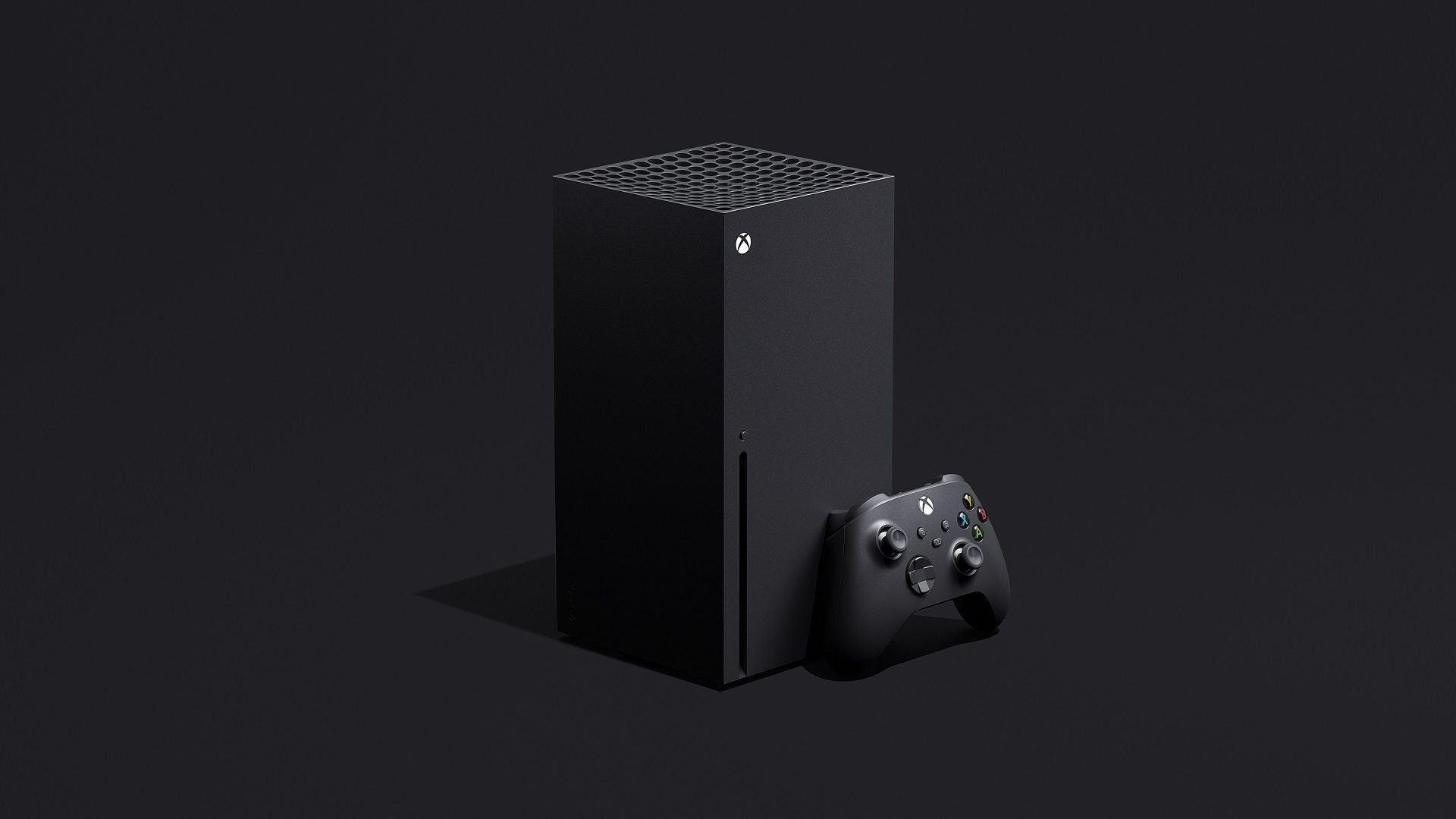
Lookin’ good
Aesthetically speaking, I think the Xbox Series X is a handsome addition to any entertainment center, with its simple, boxy shape and matte finish. Personally, I’ve preferred Xbox’s console designs over PlayStation’s ever since the 360/PS3 era (though the One S was definitely an improvement over the clunkier launch version). This generation is no exception, but I also prefer brutalist architecture to neo-futurist. Regardless, I do think the Xbox Series X is chameleonic and adaptable in its design for basically any setup, and its size will probably provoke fewer arguments with roommates or significant others when deciding where to put it in your living room.
That being said, given its ventilation system and circular stand on the bottom, you’re probably going to want to stand it up. The top ventilation holes have me concerned about dust, though using it frequently should negate that issue, considering it’s blowing hot air upwards. When the Series X is running, the ventilation does create that kind of “hot” smell that people who have used floor heaters are probably familiar with, but you do have to be sitting relatively close to your setup to get a strong whiff of it. Even then, I’m not totally averse to that smell, as weird as that might sound. The top of the Series X can get warm, though in my experience the One X can run much hotter, depending on the game, and the Series X itself is nearly silent. Whether it will stay that way or not after years of use is to be determined.
As for the rest of what comes in the console’s packaging, you’ve got the basics: a power cord, an HDMI cord, and the controller. This is a slight nitpick, but I think it would have been cool if the HDMI 2.1 cable itself was a bit beefier, as it sort of has that limp, thin look that every other HDMI cable has. I know it’s a seemingly tiny detail, but to me the HDMI 2.1 cable is especially significant considering that it has a bandwidth of 48 Gbps and is ushering in an era of 4K 120 FPS gaming. In my mind, that’s the true next-gen benchmark. It’s also going to be the main consideration when purchasing a display over the next several years, and I feel like Xbox has done a lousy job—or at least downplayed for one reason or another—calling attention to that fact (more on that later).
The power cord is exactly the same one that shipped with the One X, so it’s kind of short, but you should be fine if the console is within three feet or so of its power source. The HDMI 2.1 cable is also fairly short, though that doesn’t matter as much if you plan on standing the console next to your TV like I have.
In control
That leads us to the controller, which has supplanted the Xbox One controller as my new favorite controller of all time—at least, as far as standard, first-party controllers (i.e. not counting the Xbox Elite controllers) are concerned.
I’ve always admired PlayStation for adding unique design elements to its controllers, even though these features generally end up falling by the wayside. The same can be said for Nintendo, though thanks to its more streamlined focus as a company, the developers are more able to utilize the controller designs, both in terms of form and function (sometimes sacrificing the former for the latter), to create new gameplay experiences.
Xbox, on the other hand, has been much more utilitarian in its approach to controller design, especially since the original Xbox controller tried to get funky with monstrous results. Since then, Xbox’s controllers have slowly evolved into ergonomic, one-size-fits-all accessories, and this latest iteration has simply smoothed out the rough edges of what was already, in my opinion, the most comfortable and functional controller out there.
The first aspect of the new Xbox controller that immediately stood out to me was the trigger design. The triggers are stubbier than those on the Xbox One controllers, which had a pronounced curve and almost wavelike tip to them. The Series X triggers, on the other hand, are markedly flatter.
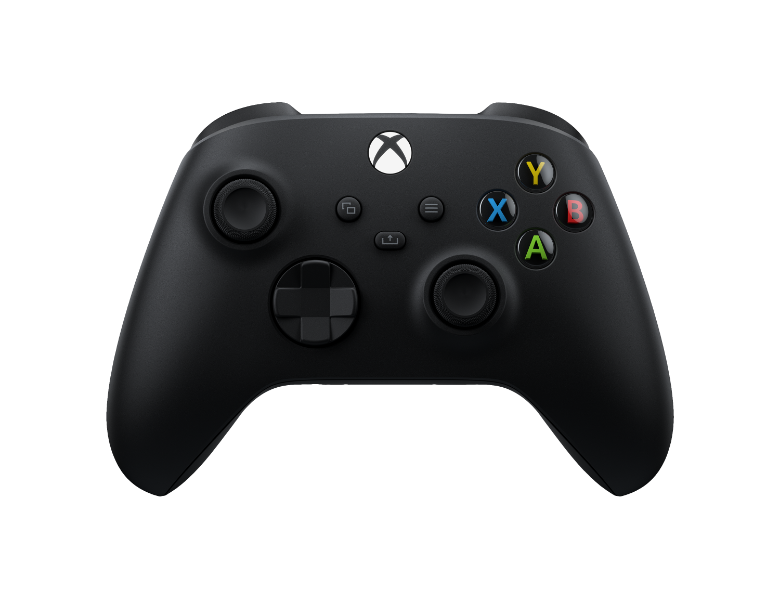
At first, I wasn’t thrilled about this design, but now I think it was the right decision choice. You might feel like you have less to grip, but the new grip texture that is on both the triggers and the handles negate that concern. They’re also just much more comfortable on the fingers, more in line with what PlayStation has been doing but, dare I say, snappier than the triggers on the DualShock.
More subtle is how the triggers actually fit into the controller. There is less lippage around them, meaning there’s less plastic between the triggers and your fingers. Because there’s so little curve to the triggers compared to the Xbox One controller’s, the triggers also seem more level with the bumpers, making for a more comfortable transition.
One of the most obvious changes is the circular D-pad, which replaces the much-maligned plus-sign D-pad. I generally don’t play games that rely heavily on the d-pad, but it was more comfortable to use, as well as a little snappier feeling. In my mind, it’s an improvement, but your mileage may vary.
The rest of the front of the cover just looks sleeker. The slight indentation around the guide button is gone, giving it a flatter look, and the guide button itself trades in that cheesy silver for a much slicker, glossy black veneer. While others might not care about the share button, I love making clips and taking screenshots, even when they’re not for work, so having the share button right in the middle of the controller is an awesome addition—even if Xbox is playing catch-up in that regard.
The controller is so close to being perfect, but I do have a couple of small gripes with it. The first issue isn’t really something that can be helped, but it’s annoying nonetheless: The cable is now USB-C instead of micro-B. USB-C is obviously the right decision, but it means you won’t be able to use your old charger unless you buy an adapter (or you have a cable for your Switch Pro Controller lying around unused like I do). The other annoyance is the cover to the battery is a little bit harder to remove, and it feels a bit flimsier than the Xbox One controller’s.
All told, I think the Series X controller has surpassed the Xbox One controller as my favorite controller of all time. If you liked the Xbox One controller, you will love the Series X controller.
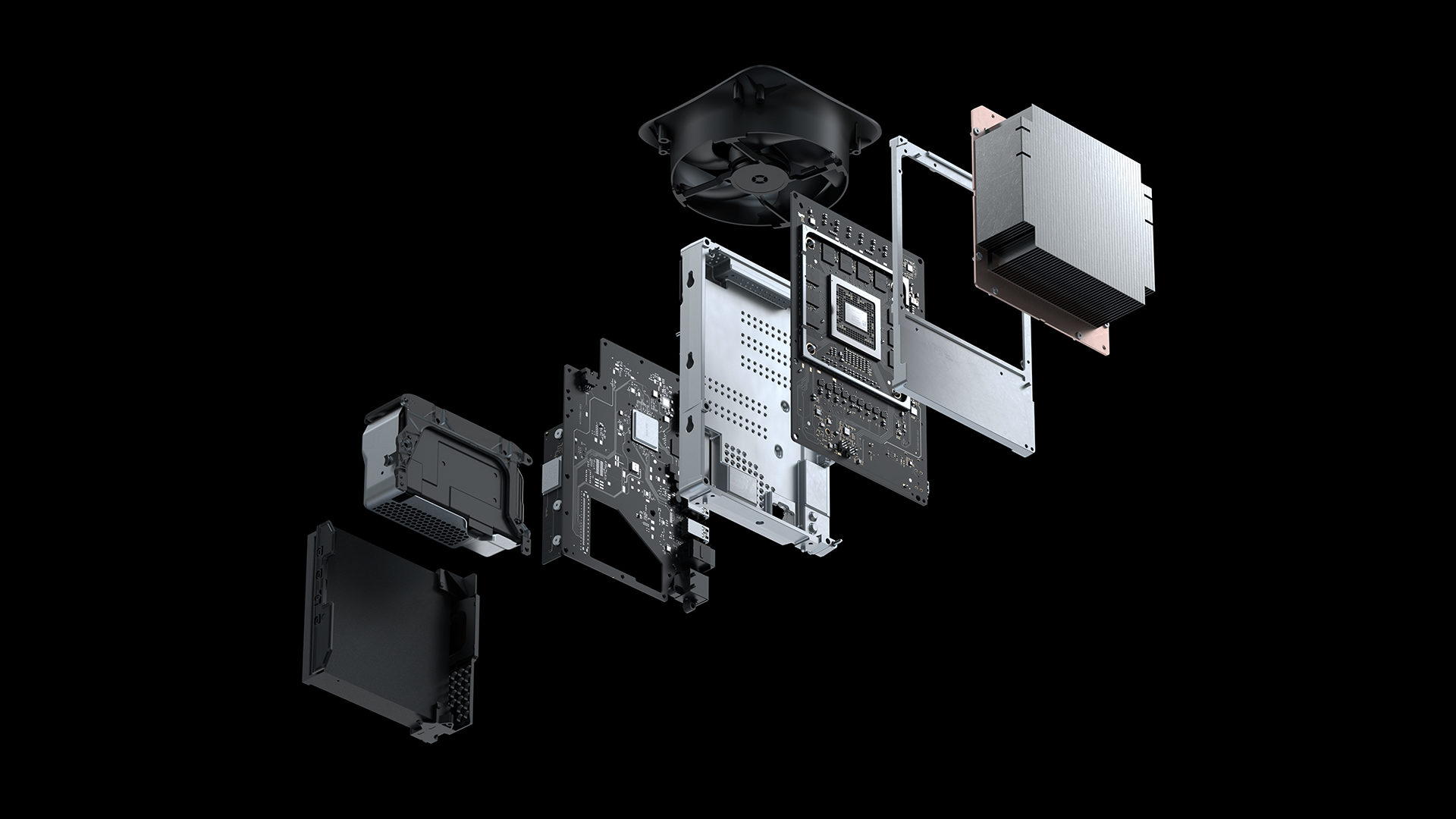
What’s in the box
When it comes to the Series X itself, my feelings start to get a little more complicated.
There’s no question that the Series X is a powerful, impressive console. In terms of pure computational power, its 12 TFLOPS GPU isn’t going to compete with Nvidia and AMD’s heavy hitters, but it has double the processing power of the One X. Its CPU also falls in line with those you’d find in current gaming PCs, often exceeding the power of some of the most popular ones on the market. Again, AMD is already releasing Zen 3 CPUs, but the Zen 2 architecture of the Xbox Series X’s CPU is tried and true, and most importantly a massive improvement over the Xbox One.
Finally, it’s got an NVME SSD, which is really the console’s secret weapon and maybe the source of its most noticeable improvements over the One X: the insanely fast load times, at least when it comes to cross-gen games. The other neat trick that the SSD allows is the Series X’s Quick Resume feature. I didn’t think that I’d use this feature that much, considering I’m so conditioned to quit out of my games when I’m done playing them, but I found myself accidentally taking advantage of it all the time. Microsoft has claimed that Quick Resume will work even after downloading a system update, and while I haven’t checked that, I did fully shut down and restart the console twice and was pleasantly surprised when the game I was playing picked up exactly where I’d left it. You might not get as much use out of Quick Resume as I did, but I guarantee if you start using it, you’ll make an effort to keep doing so.
The fact that this is all made available in a $500 (before taxes) package is nothing to turn up your nose at. But, practically speaking, how does all of this translate when you’re actually gaming?
For the purposes of this write-up, Microsoft sent me a generous amount of codes for games that were either already optimized or going to be optimized for the Series X. These included Gears 5, Gears Tactics, Assassin’s Creed Valhalla, Watch Dogs: Legion, Yakuza: Like a Dragon, Dirt 5, Madden NFL 21, The Falconeer, Tetris Effect: Connected, Ori and the Will of the Wisps, and The Touryst. Out of those games, the ones that were both optimized and available to play were much fewer: Gears 5, Gears Tactics, and Yakuza: Like a Dragon. Sea of Thieves also got an update that optimized it for a Series X, so I was able to test that, too.
Frankly, that’s too small sample size to determine what the “Optimized for Series X|S” will mean to gamers, but I was also able to test a bunch of games that I already own thanks to Xbox’s backward compatibility program, and many of these games saw improvements just by being on the next-gen console.
Instead of trying to give an overall impression of how the Series X handled all of these games, I’m going to break it down and give my impressions of each game that I played.

Gears 5
Gears 5 was probably the game I was most looking forward to trying on the Series X, given that it’s one of my favorite games in one of my favorite series and it already looked fantastic on both the One X and the base Xbox One. As one of Xbox’s showcase games to get the full “Optimized for Series X|S” treatment, I figured Gears 5 was a good place to start.
The improvements to Gears 5 were apparent from the first cutscene. The Series X version runs cinematics at 60 FPS, as opposed to the 30 FPS the One X gets. This smoother framerate made it obvious how the Series X is capable of maintaining the sharpness in the tiny details on the characters’ armor and faces. There’s that cliché of seeing a character’s pores as a benchmark for graphics, but you literally could see the individual pores on Delta Squad’s faces. The draw distance also seemed to get a major lift, with details viewable in distant foliage and scenery.
The improvements during gameplay weren’t as obvious, though the graphics did seem to maintain the details better in moments of heavy action while never breaking that 60 FPS sweet spot. Seeing as how I don’t have an HDMI 2.1 display, I couldn’t test the 4K 120FPS that’s available in multiplayer, though the extra frames were incredibly noticeable at 1080p and 1440p. As someone who fell off the Gears multiplayer a while back (though still loves the campaigns and Horde mode), I felt like I had a competitive advantage playing at 120. While it’s an awesome experience, it does raise concerns I have about parity when it comes to cross-gen gaming (and cross-platform multiplayer as a whole).
Overall, there’s no question that the Series X version is the best way to experience the game on console if you have the display to really take advantage of its upgrades.

Sea of Thieves
Sea of Thieves was recently optimized for Series X in one key way: It now runs at 60 FPS. While it isn’t as flashy as getting ray-tracing, and while it’s not even a game that necessarily needs 60 FPS, doubling the framerate highlights even further Sea of Thieves’ greatest achievement, which is its water.
Seeing the waves roll and crash in 60 FPS adds so much more texture and life to the game. The same goes for incidental creatures like seagulls circling above the boat. The draw distance and details in further objects also seem crisper compared to playing it on the One X.
Furthermore, Sea of Thieves loads in a fraction of the time that it takes on the One and One X. I haven’t timed it, but I’d say the load times are maybe 10 or 15 percent of what you experience on the older consoles. Considering the only loading screens you ever see in Sea of Thieves are when you join a game, die, come back to life, or fast-travel to your boat, this is probably what dedicated fans of the game will appreciate the most.

Gears Tactics and Yakuza: Like a Dragon
The last optimized titles I was able to check out were Gears Tactics and Yakuza: Like a Dragon. Admittedly, these were the titles I spent the least amount of time with, and I didn’t really get much from them. That’s not to speak to the quality of the games (this isn’t a game review), but just that an isometric strategy game and a game that only runs at 4K30 or 1440p60 weren’t at the top of my list. I will say that they both looked fantastic, though it was disappointing that Yakuza ran at 30 FPS in 4K when, despite being a turn-based RPG, there were moments where you had to time blocks and certain special attacks.
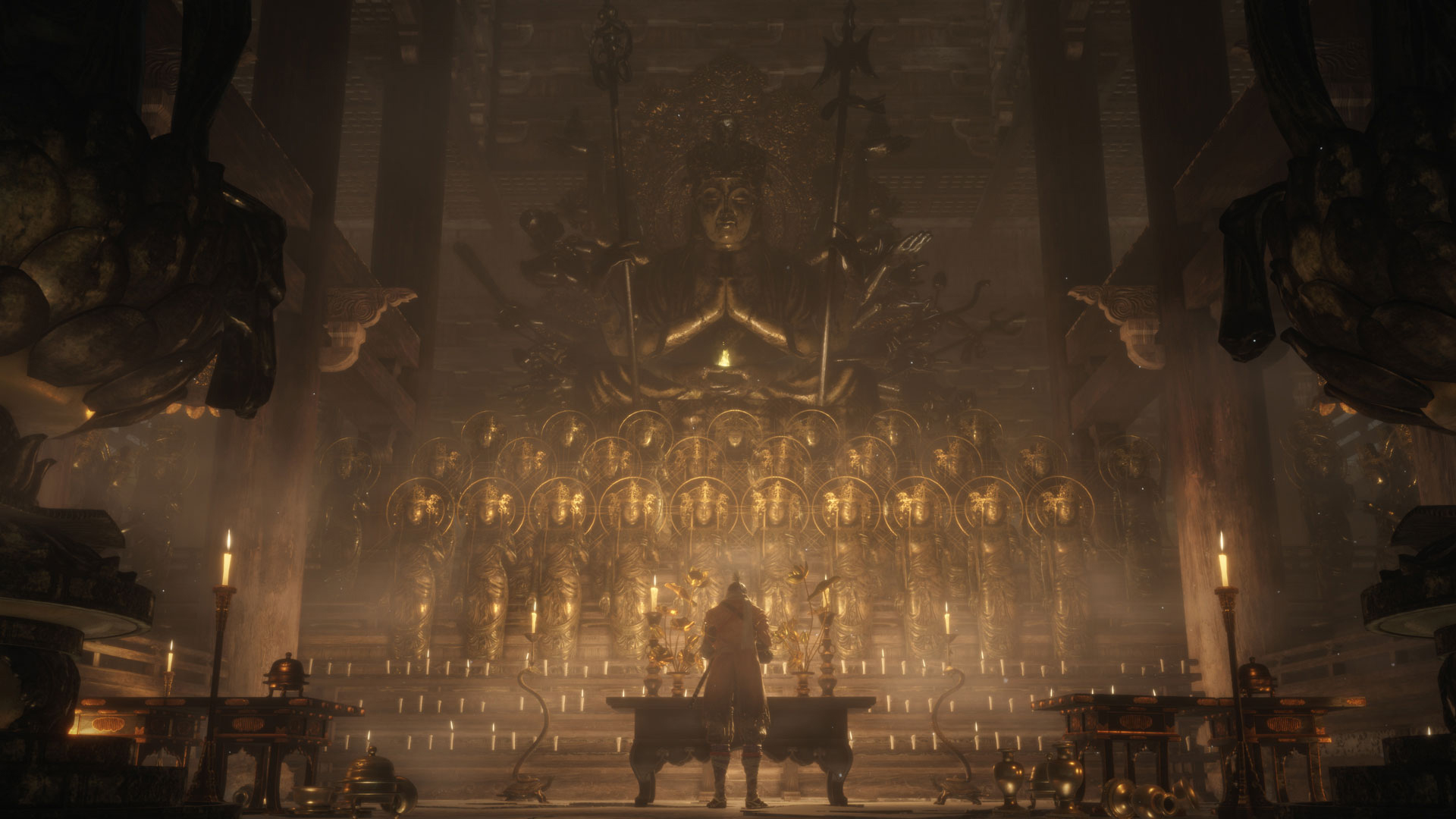
Sekiro: Shadows Die Twice
The great thing about having gamed on Xbox hardware since the 360 era is that I already have a large library of titles that will automatically play better, in one way or another, on the Series X, thanks to Xbox’s backward compatibility program. But Sekiro: Shadows Die Twice was probably the game I was looking forward to testing out the most.
It’s no secret that Sekiro, despite being one of my favorite games of this console generation, didn’t have the greatest track record on the One X when it came to performance. If you had access to a 120 Hz display, it definitely appeared smoother, but its “unlocked” frame rate never pushed into the 60 FPS territory, and mostly hovered between 30 and 40 FPS.
Sekiro now plays at a consistent 60 FPS on the Series X, and it is a dream. The action is smoother, timing parries seems much less arbitrary, and the overall experience is just much more readable and pleasant. I picked up where my last save game left off, and I was immediately back in the action. I haven’t played Sekiro since maybe the pandemic started, and despite being rusty, I was able to kill Owl in three attempts and the Corrupted Monk in one attempt. The performance was just that much better.
Notably, the visuals themselves seem much clearer and crisper, not just in the small visual details, but it feels like something has been changed in the game’s overall visual contrast. The sort of visual haze that Sekiro had on the older consoles (which was potentially done for performance purposes, maybe?) has given way to clearer visuals with a better draw distance.
The other obvious improvement is in the loading times. Being able to load back into the game quickly after dying is obviously a good thing, but what was even more better was how quick fast-travel was. Being able to travel back to the Dilapidated Temple from wherever I was in a matter of mere moments just added so much to the overall experience.
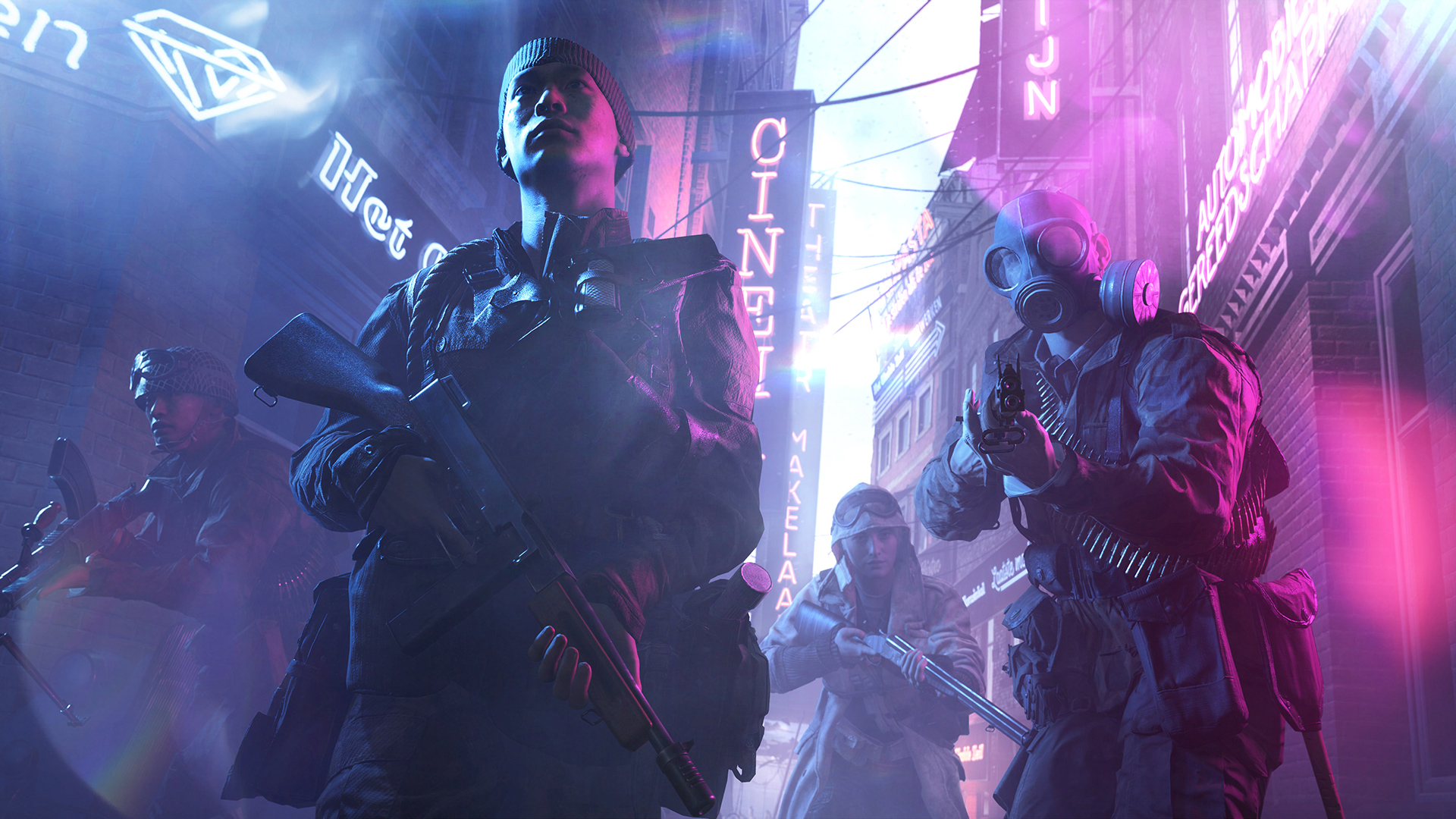
Battlefield V
I’ve been pretty hard on Battlefield V in the past, but after taking a long break from it and going back to Battlefield 1, I wanted to see how it played in 4K at 60 FPS, both on the One X and the Series X.
Both consoles breathed new life into the game for me, but the Series X definitely has the advantage, both in terms of consistent resolution and frame rate. One of the biggest complaints players have had about Battlefield V is that it’s too hard to see people, but I feel like playing it in 4K was how DICE intended it. Sure, there were definitely moments when other players blended into the background slightly, but it was nothing like playing the game at 1080p. It was much easier to track the action and distinguish enemies from foliage.

Red Dead Redemption II
I might sound like a broken record by this point, but I was amazed by how quickly Red Dead Redemption II loaded on the Series X. Just like Sea of Thieves, Rockstar’s games are notorious for their long load times. On the Series X, I barely noticed them.
From an art design and lighting standpoint, I think Red Dead Redemption II is the highlight of the Xbox One console generation, even in 1080p at 30 FPS. I don’t think Red Dead necessarily got a frame rate boost on the Series X, but the visual upgrade to 4K is definitely noticeable. Sometimes, this is a blessing, as it adds a lot to the texture in stuff like dirt roads and foliage. On the other hand, going into first-person at the Valentine saloon and getting up close and personal with the NPCs in there wasn’t doing those character models any favors.
The coolest moment I had was when I was on a random road in southern New Hanover. Looking into the distance, I could see the mountains of Ambarino with an insane amount of clarity and detail. For a game known for its impressive vistas and landscapes, getting that extra clarity in the draw distance was good enough—at least for now.
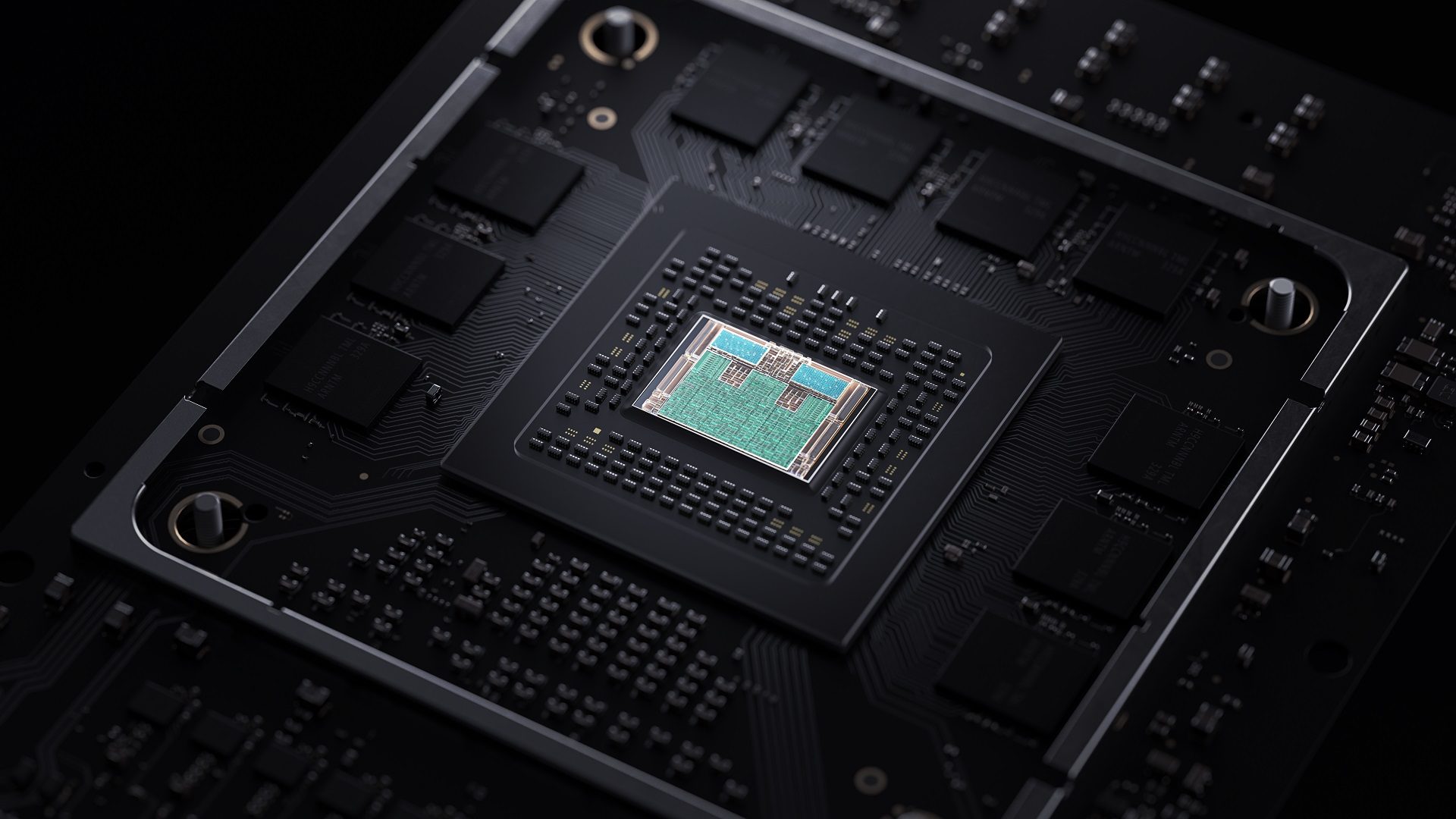
Should you get an Xbox Series X?
Obviously, this is a small sample size, and I’d like to test more “next-gen” games, especially Ubisoft titles like Assassin’s Creed Valhalla and Watch Dogs: Legion, before actually making this a scored review. However, the evidence speaks for itself: The Series X is truly a generational leap in comparison to the standard Xbox One and One S, and considerably improves upon the experience of playing with the One X, especially thanks to the SSD.
But despite all that, the question that I still have is: Do you really need to buy an Xbox Series X right now? And the answer to that depends entirely on your personal circumstances.
Several factors make this question particularly hard to answer, at least for me.
The first is maybe the biggest for me. While the Xbox Series X can play games in 4K at 120 FPS, there are very few games that will probably be doing that, at least early on in the console’s life cycle, especially since Microsoft has really honed in on 4K 60 FPS as its main selling point.
The issue is that, in order to play at 4K 120 FPS, you’ll need a compatible HDMI 2.1 display. However, if you’re looking to buy a 4K 120 Hz TV with an HDMI 2.1 connection right now, you’re going to be incredibly limited by what you can afford and what you prioritize, whether that’s HDR contrast, VRR, or FreeSync compatibility. You can get an entry-level HDMI 2.1 TV for $600 and sacrifice contrast quality and thus HDR, or you can go all out and spend $1,500 on a TV that does HDMI 2.1 and does HDR mostly really well but still sacrifices HDMI bandwidth. You might even find an affordable 4K 120 Hz TV, but it might still be HDMI 2.0, meaning the highest resolution you can play at 120 Hz is 1440p.
You get my point. Not only is buying the right TV for next-gen consoles extremely complicated at this moment in time, but it’s also the first wave of HDMI 2.1 displays, meaning there’s going to be a trade-off no matter what decision you make. Give it a couple years, however, and HDMI 2.1 should be all but standard for most TVs, and you should have way more options for what kind of TV you want to purchase.
The second factor that makes the question of getting a Series X at launch so hard to answer is the precedent that both Microsoft and Sony have set. If this last generation is any indication, Microsoft will most likely release another mid-gen upgrade to the Series X. (I’m going to guess right now that they’ll call it the “Series One” just to make the naming conventions as confusing as possible.) If it’s anything like the One X, it will be vast improvement on the launch hardware. Do you want to get the Series X now, or do you want to wait a couple of years?
The third factor is that we just don’t know how studios will develop their games for the Series X over the next few years. Is 4K120 even going to be possible with some of the bigger next-gen games? Does that even matter to you?
Well, again, I think that depends on your circumstances. Here’s who I think will benefit the most from getting a Series X right out of the gate:
- Xbox One or One S owners who already own a 4K HDMI 2.0 TV and plan on upgrading it in the next few years
- Anyone who doesn’t care about spending around $2,000 for the best possible Series X setup, notably getting the console and an HDMI 2.1 TV
- Anyone who already owns an HDMI 2.1 4K 120 Hz TV
- Anyone who wants to get the Series X and an affordable 4K TV who doesn’t care about leaving some of the console’s performance capabilities on the table
You might have noticed that I didn’t mention Xbox One X owners at all, and that’s because I’m not entirely sure that it’s worth upgrading at this specific moment in time. Yes, the Series X is far and away the better console that will likely change the course of console game development, but is it enough to make you spend $500 on a console right now? Really, that’s your call to make, but if Microsoft hadn’t sent me a Series X and I wasn’t professionally obligated to do so, I’m not sure I’d be making the leap to next-gen quite yet.
I will say that, after getting to spend about a week with the Series X, I’m much less skeptical about next-gen gaming than I was in the months prior. When all is said and done, I do believe that it has the potential to be a revolutionary game console, and I’m excited for developers to unlock its potential, even as AMD and Nvidia’s newly announced GPUs are already starting to widen the gap between console and PC gaming once again. And considering that the base Xbox One was pretty much tapped out two years ago in terms of what it could achieve, I think the Series X is actually launching at the perfect time.

Michael Goroff has written and edited for EGM since 2017. You can follow him on Twitter @gogogoroff.